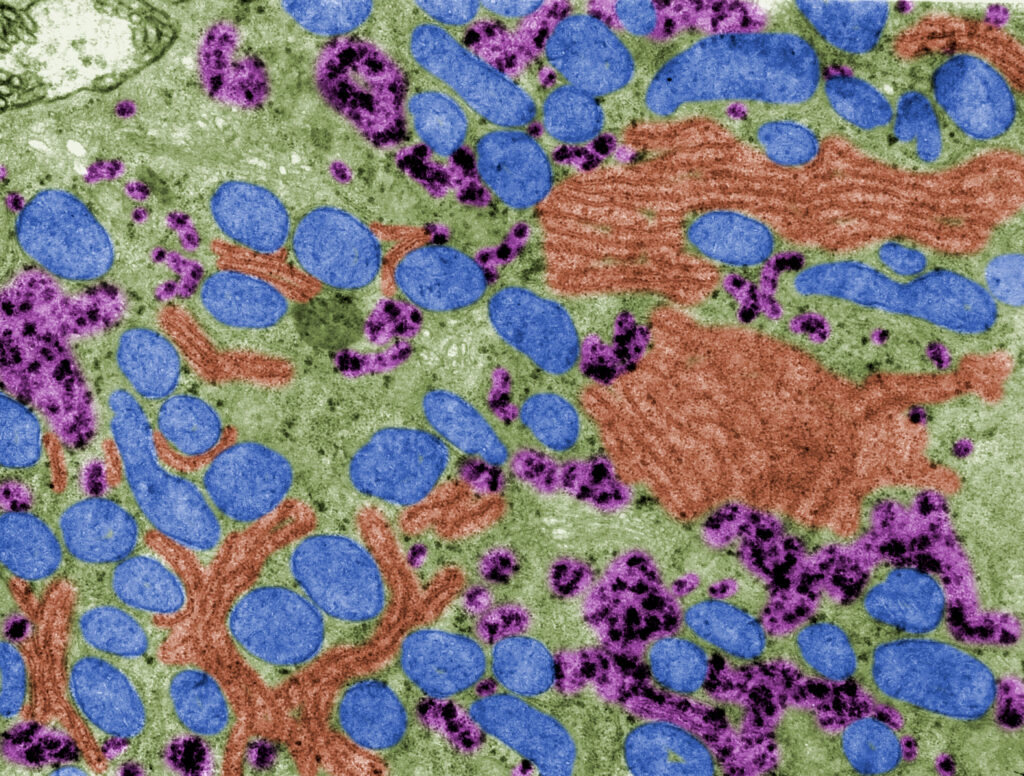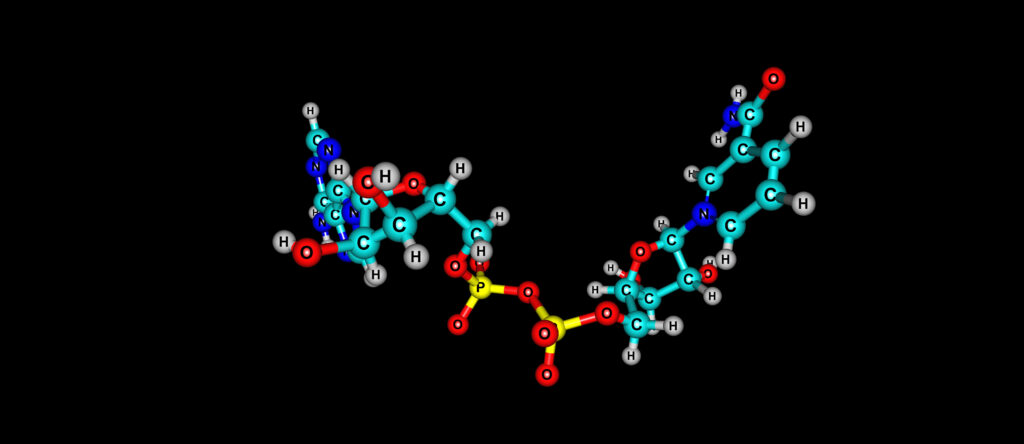
What is the common theme underlying nearly all of the diseases associated with aging? Mitochondrial dysfunction.
It is a simple biological fact that mitochondrial function tends to decline with age. This affects every organ and every tissue in the body. But clinicians often fail to consider “mitochondriopathy” as they treat the various diseases that their aging patients present.
“Support the mitochondrial pathways and you support healthy aging,” said Chris Meletis, ND, in a recent webinar sponsored by TruNiagen.
“How many cells in the body have to be ‘tired’ before we feel tired and fatigued?” Dr. Meletis asked.
By age 40, most people produce half as much NAD+ as they did in their 20s. By age 60, NAD+ levels decline even further.
Tired cells mean tired muscles, tired organs, tired glands, and tired brains. Many common disorders—depression, brain fog, neurodegenerative diseases, dyslipidemia, gonadal failure and infertility, thyroid dysfunction, obesity—are at least partly the result of a general decline in mitochondrial function.
NAD+ is the Key
At the crux of mitochondriopathy is the age-related decline in production of nicotinamide adenine dinucleotide NAD+, an essential coenzyme for redox reactions and cellular energy metabolism. NAD+ is also a vital cofactor for non-redox enzymes, including sirtuins, PARPs, and CD38. It plays a role in multiple metabolic pathways, DNA repair, chromatin remodeling, and immune cell function.
“The idea behind bioidentical hormone therapy is to make the body more ‘normal.’ But if you’re not addressing the mitochondrial deficits, it is not going to work,”
Chris Meletis, ND
The reality is that by age 40, most people produce half as much NAD+ as they did in their 20s. By age 60, NAD+ levels decline even further.
“A smartphone that has run out of battery power is nothing but a thousand-dollar paperweight. It is only as good as its charge,” said Dr. Meletis. In many ways, the human body is similar.

Beyond aging, many exogenous factors deplete NAD+, including oxidative stress, Inflammation, insulin resistance, viral illnesses, and exposure to many different drugs.
Drugs that deplete NAD+ include: statins; bile acids; some antibiotics (tetracycline and antimycin A); some antidepressants (including amitriptyline, fluoxetinen, citalopram); lithium; some antipsychotics (chlorpromazine, risperidone, quietabine, olanzapine); barbiturates; and common anti-diabetes drugs like metformin, troglitazone, rosiglitazone). Even seemingly minor pain relievers like aspirin, acetaminophen, diclofenac, and naproxen may adversely affect NAD+.
Hormones & Mitochondrial Function
Defective or deficient mitochondrial oxidative phosphorylation can lead to structural and functional changes in the thyroid causing a progressive, chronic autoimmune failure of the gland. Downstream, that leads to a host of metabolic dysregulations.
But the problems cannot be fixed simply by giving exogenous hormones. Thyroid hormone treatment affects mitochondria in two ways: an initial rapid stimulation of respiration shortly after dosing, followed several days later by an increase in mitochondrial biogenesis and a change in mitochondrial mass.
That’s good as far as it goes, but without adequate NAD+, the hormone treatments alone will not give optimal outcomes. “The idea behind bioidentical hormone therapy is to make the body more ‘normal.’ But if you’re not addressing the mitochondrial deficits, it is not going to work,” Dr. Meletis explained.
Likewise, changing someone’s diet to mitigate a chronic systemic disease without optimizing mitochondrial metabolic pathways is likely to fail, even if the dietary changes are very healthy. One needs well-functioning mitochondria to digest, absorb, and assimilate nutrients, minerals, phytochemicals and the like.
So, what helps?
Exercise definitely helps. Regular exercise increases NAD+, and also increases insulin sensitivity, and improves mitochondrial biogenesis and respiration in muscle. Caloric restriction also helps.
Raising NAD+
Several nutritional supplement ingredients that can potentially raise NAD+ levels. They include: tryptophan, nicotinaminde (NAM), nicotinic acid, and nicotinamide riboside (NR). All are in the vitamin B3 family, and are considered NAD+ precursors.
Changing someone’s diet to mitigate a chronic systemic disease without optimizing mitochondrial metabolic pathways is likely to fail, even if the dietary changes are very healthy. One needs well-functioning mitochondria to digest, absorb, and assimilate nutrients, minerals, and phytochemicals.
Tryptophan, whether from food (legumes, meat) or supplements is preferentially shunted into protein synthesis. Once protein needs have been met, only then is the excess tryptophan available for conversion to niacin. This is not an efficient pathway. It takes roughly 60 mg of tryptophan for the body to make 1 mg of niacin.

Nicotinic acid is effective, but it is problematic on a practical level because it causes uncomfortable flushing in most people. NAM inhibits sirtuins, which will blunt the desired metabolic effects.
According to Dr. Meletis, NR is the most efficient precursor for raising NAD+ levels. It does not cause flushing, does not inhibit sirtuins, and has a high conversion rate.
An 8-week randomized trial involving 140 overweight but otherwise healthy adults showed that daily supplementation with 100 mg, 300 mg, or 1000 mg of the TruNiagen brand of NR resulted in consistent and dose-dependent increases in whole blood NAD+ within 2 weeks. Subjects taking 300 mg per day had a 51% NAD+ increase; those on 1,000 mg per day had a 142% rise in NAD+.
Meletis says TruNiagen has become a go-to supplement in his practice, with potential to help people struggling with a wide range of metabolic and autoimmune conditions. He generally recommends patients take 500 mg. If money is tight they can still derive benefit from a 300 mg dose. When patients are dealing with viral infections, or otherwise feeling ill, he advises them to up their intake to 1,000 mg per day.
Supplementation with NAD precursors is a key factor in the mitochondrial support equation, but it is not the only one. Meletis says he encourages patients to take CoQ10, carnitine, ribose, pyrroloquinoline quinone (PQQ) , and a-ketoglutarate as well as NR. But supplements by themselves will not overcome the ill effects of bad diet, inactivity, and poor sleep. Lifestyle shifts are always essential.
View Dr. Meletis’ full webinar, Adding Health to Years.
END







